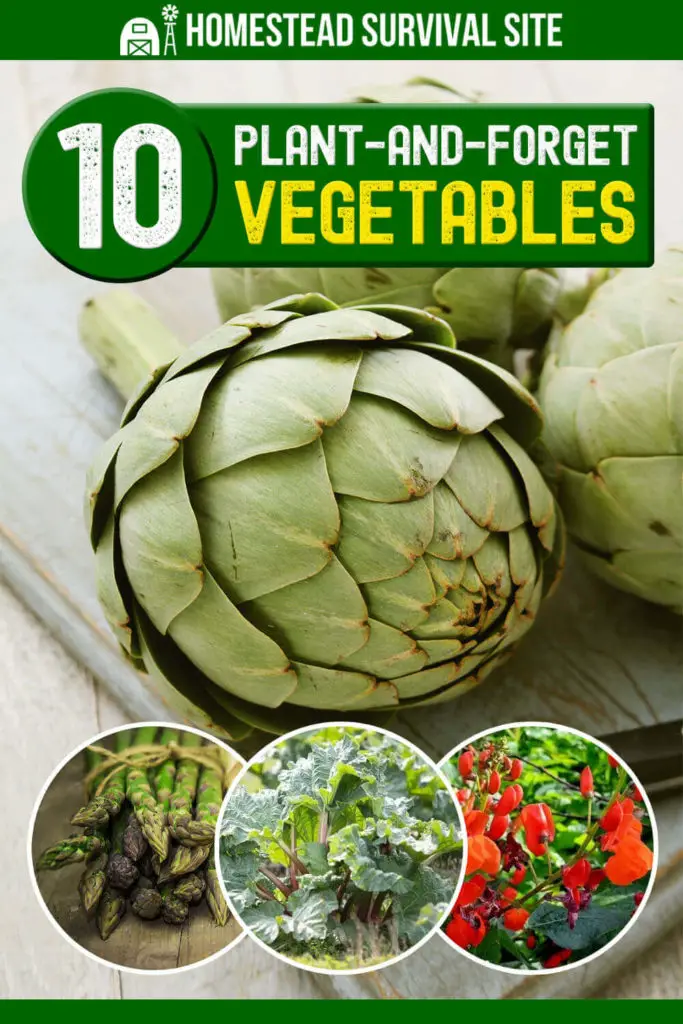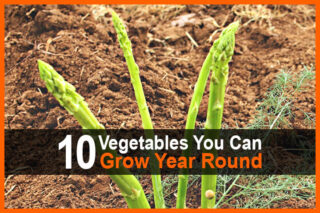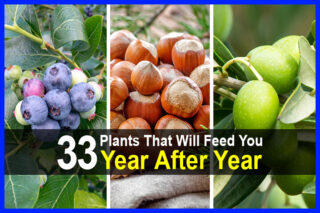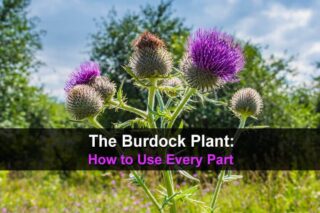Estimated reading time: 7 minutes
There’s nothing like the taste of home-grown vegetables. But when they come from your own garden, they taste even better. Somehow all the work of growing them from seed, planting, tending, watering, fertilizing, weeding, and pruning your plants each year is worth it.
But did you know that there are some veggies you can just plant once and pretty much forget about? This article provides an introduction to perennial vegetables and offers an overview of the plant-and-forget veggies you may want to add to your garden.
What are perennial vegetables?
Perennial vegetables are edible plants that come back each year. Just like perennial flowers, perennial vegetables require no annual planting or tilling.
Once established, these plants typically thrive without much attention. In fact, some seem to be almost indestructible and require frequent harvesting to keep them from overgrowing their garden space.
Many of these hardy plants work well as groundcover or hedges, adding beauty and texture to your landscape. They also can help fertilize the soil, offer shade to other plants, and help provide a habitat for pollinators.
But it is the ongoing food supply perennial vegetables offer that may be the most appealing aspect of adding them to your home garden. Let’s take a look at 10 plant-and-forget vegetables for your yard.
Want to save this post for later? Click Here to Pin It On Pinterest!
1. Asparagus

It can take this popular perennial veggie a couple of years to get established, but it is worth the wait. A well-established asparagus plant will produce spears for 15 years or more.
Tips: Select a sunny, well-drained location with soil that retains moisture well. Protect newly emerged spears from late spring frosts. Hardy in USDA zones 2 through 9.
2. Rhubarb
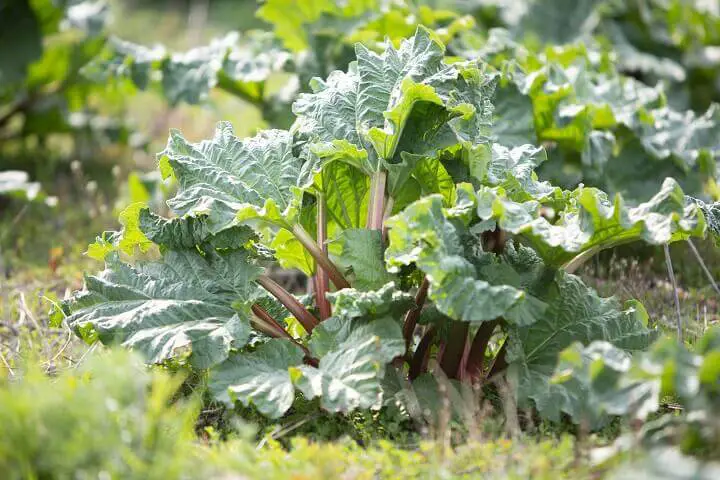
Although we think of it as the main ingredient in fruit pies, rhubarb is classified as a perennial vegetable. Keep in mind that the stalks are delicious, but you need to avoid the leaves and roots. They are poisonous. This plant also takes a few years to become established in the garden.
Tips: Plant in full sun in well-drained neutral pH soil. Rhubarb is a heavy feeder, so work organic matter into the soil for best results. Hardy in USDA Zones 4 through 7.
3. Scallions
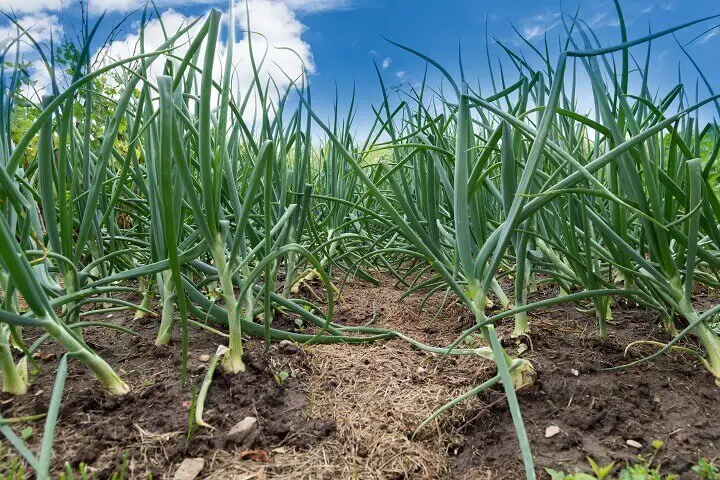
Also known as green onions, scallions adapt well to almost any conditions. However, they prefer nutrient-rich soil and full sun.
Tips: Scallions require well-draining soil, consistent moisture, and weed protection. Tightly packed plantings can help the plants retain moisture and deter weeds. Hardy in USDA Zones 6–9.
4. Globe Artichoke
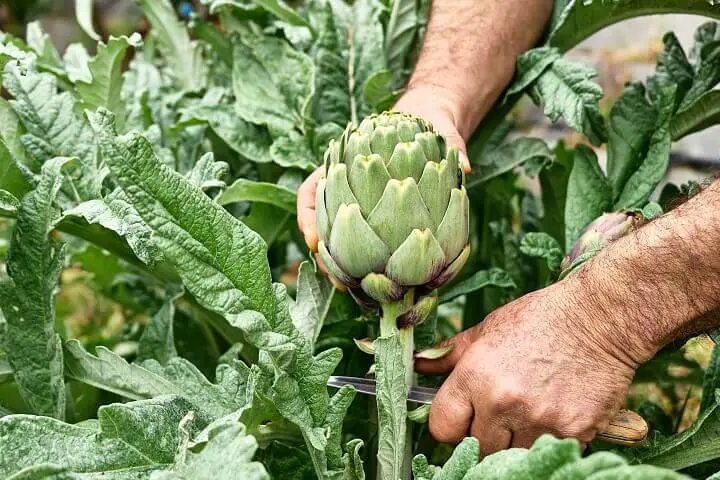
With its silver foliage, this artichoke plant is Its pretty enough to hold its own in your flower bed. In fact, unharvested fruit turn into large purple blooms about a year after planting.
Tips: Artichokes like rich, well-drained soil and about four feet of space in which to spread out. Hardy in USDA Zones 7 through 10.
5. Jerusalem Artichoke

Also called sunchoke or earth apple, this perennial produces small underground tubers that you can substitute for potatoes in recipes. An added bonus is this plant has lovely yellow blooms in late summer.
Tips: Plant small tubers two to three inches deep about two feet apart in early spring. The tubers will sprout in about two to three weeks. You can harvest in the fall when the plants begin to brown. The name “sunchoke” is deserved. This perennial can “choke” out other nearby plants if you’re not careful. Hardy in USDA Zones 4 through 9.
6. Sea Kale

This perennial kale variety is both attractive and edible. You can eat the tender shoots much like asparagus or prepare the leaves as you would spinach or regular garden kale.
Tips: Sea kale prefers slightly alkaline soil and full sun. Keep slugs away with slug bait, and it’s best to pick off pesky caterpillars by hand. Hardy in USDA Zones 4 through 8.
7. Sorrel

Sorrel is a leafy green perennial with a tart, lemony flavor that works well in salads, soups, stews, and sauces.
Tips: Choose a sunny spot with good drainage. A well-tilled bed will help cut down on weeds and help the roots adjust. Harvest sorrel in early spring as it starts to bitter as temperatures warm. Hardy in USDA Zones 3 through 7.
8. Scarlet Runner Beans
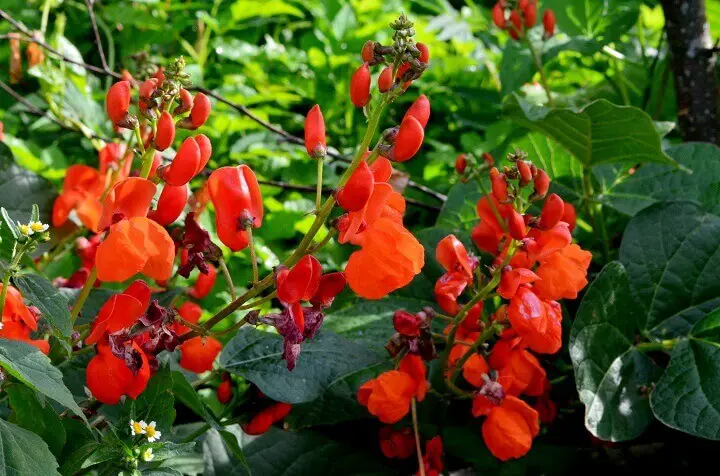
You’ll love the vibrant colors this perennial vegetable brings to your garden. And what’s more is that the plant’s beans, flowers, leaves, and tubers are all edible.
Tips: Plant in full sun in soil that is rich in organic matter. The vines grow quickly and need support as they grow. Hardy In USDA Zones 3 through 11.
9. Ostrich Ferns

These lovely ornamental plants produce early spring fiddleheads that are prized by chefs. Resembling the neck of a fiddle, fiddleheads are the plant’s sterile shoots that will grow into the largest fronds. Pick them when they are small and tightly curled, wash them carefully before removing their papery covering, and then boiling, steaming, or sautéing them.
Tips: Plant in a cool, shady location. Ostrich ferns do best in moist, acidic soil (a pH of 5 to 6.5). Hardy in USDA Zones 2 through 8.
10. Cardoon
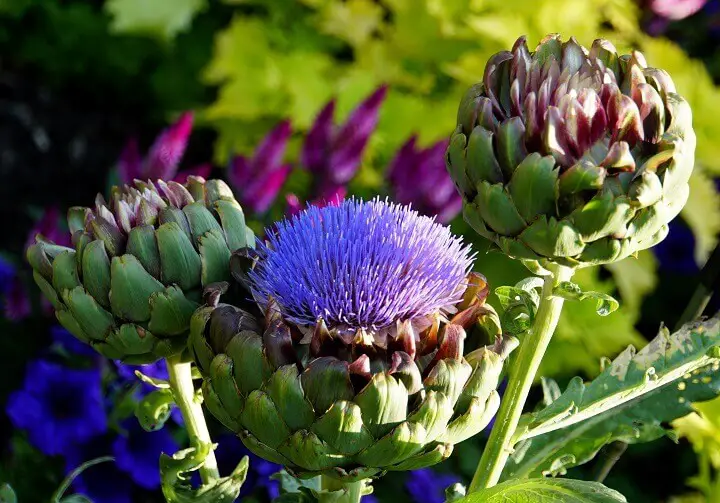
This perennial is related to the globe artichoke. However, it produces larger stalks and smaller flowers than its cousin, the artichoke. In addition to its edible stalks, the cardoon plant grows striking flowerheads that are perfect for dried arrangements. You can eat the unopened flowerheads like artichokes.
Tips: Plant in well-drained, sheltered locations in full sun. Hardy in USDA Zones 7 through 10.
If you’d like to learn more about perennial vegetables, an excellent resource is Perennial Vegetables: From Artichoke to Zuiki Taro, a Gardener's Guide to Over 100 Delicious, Easy-to-grow Edibles Vegetables by Eric Toensmeier. The book, recognized as the go-to guide on this topic, provides growing tips, photographs, and illustrations of dozens of perennial edibles.
Like this post? Don't Forget to Pin It On Pinterest!




